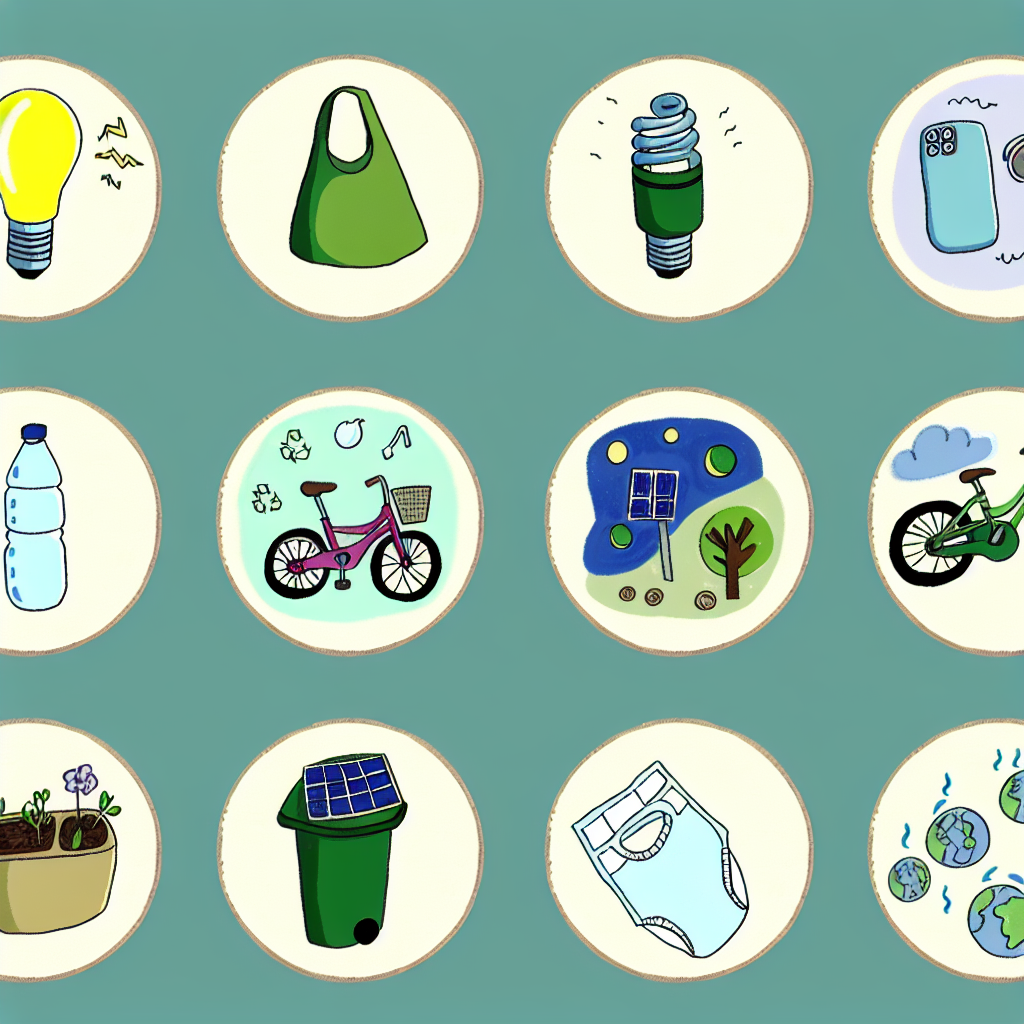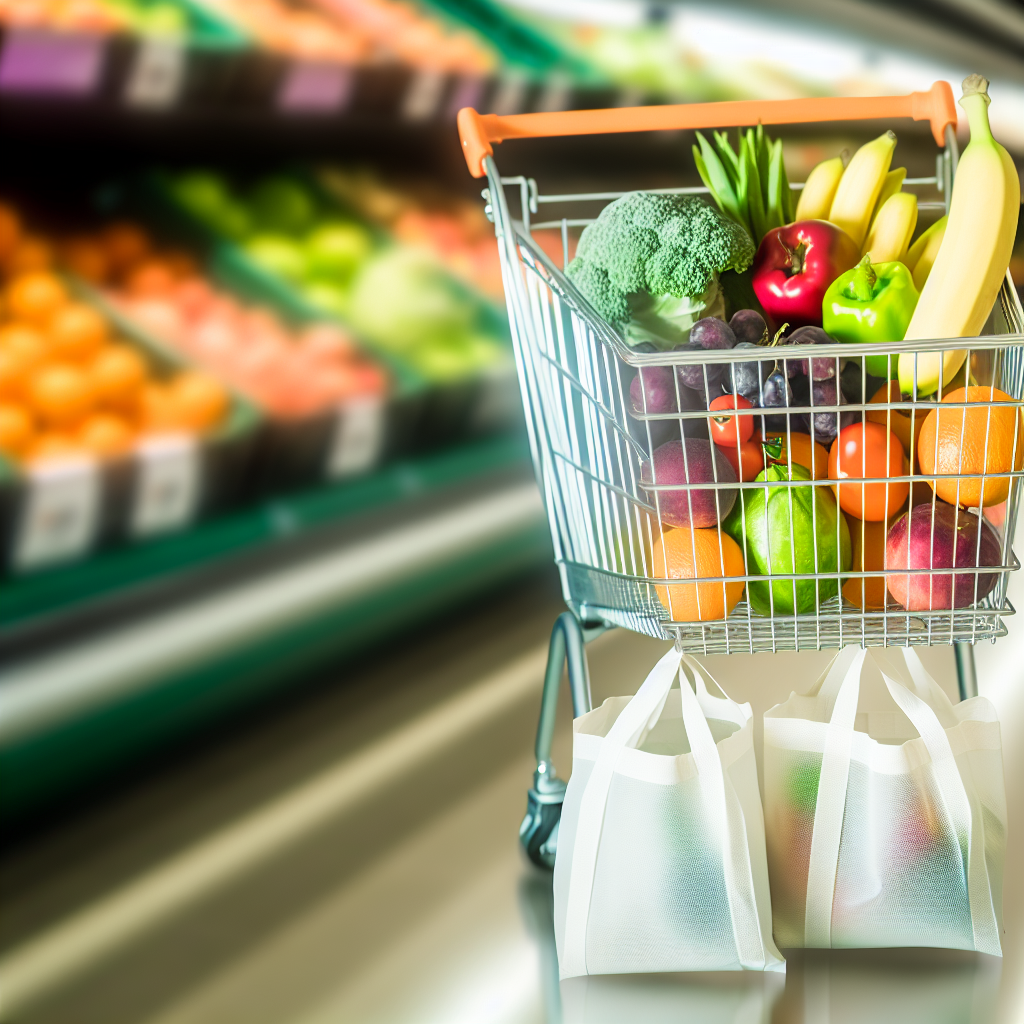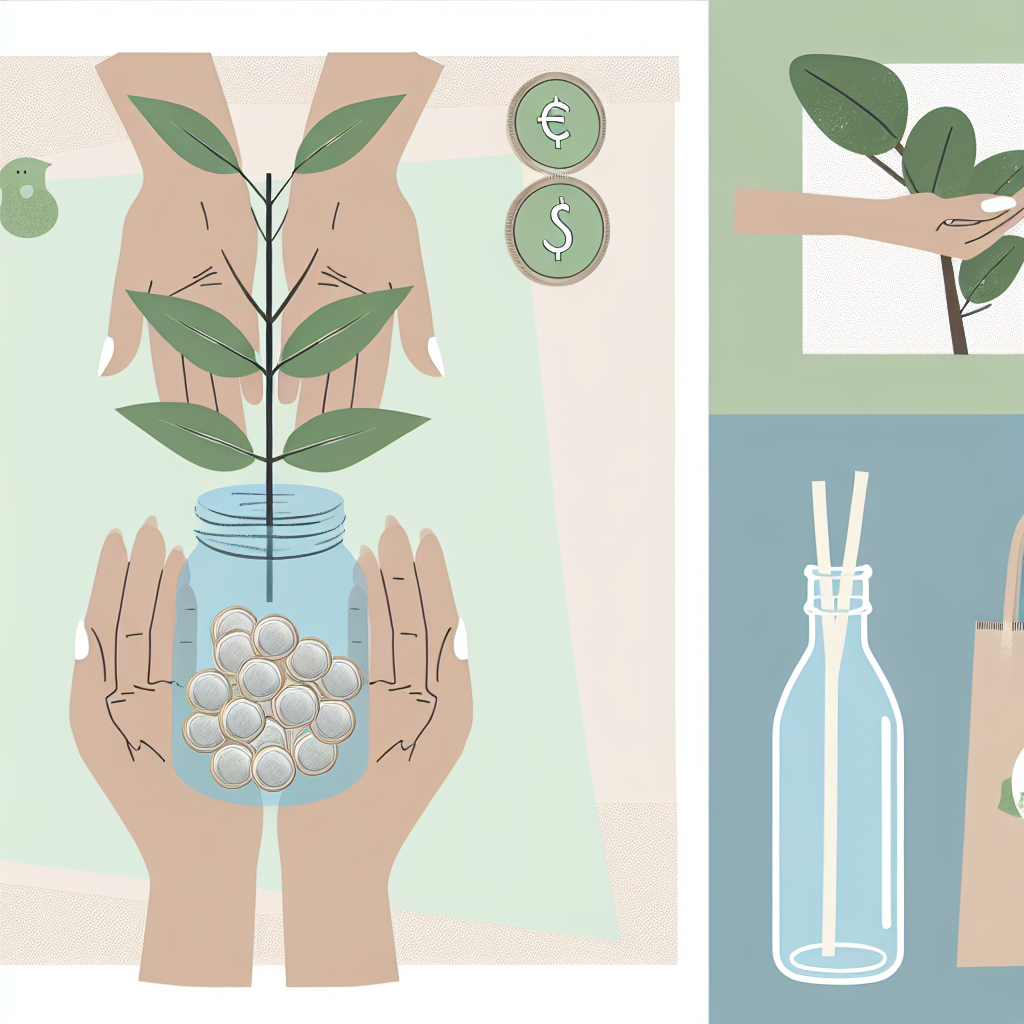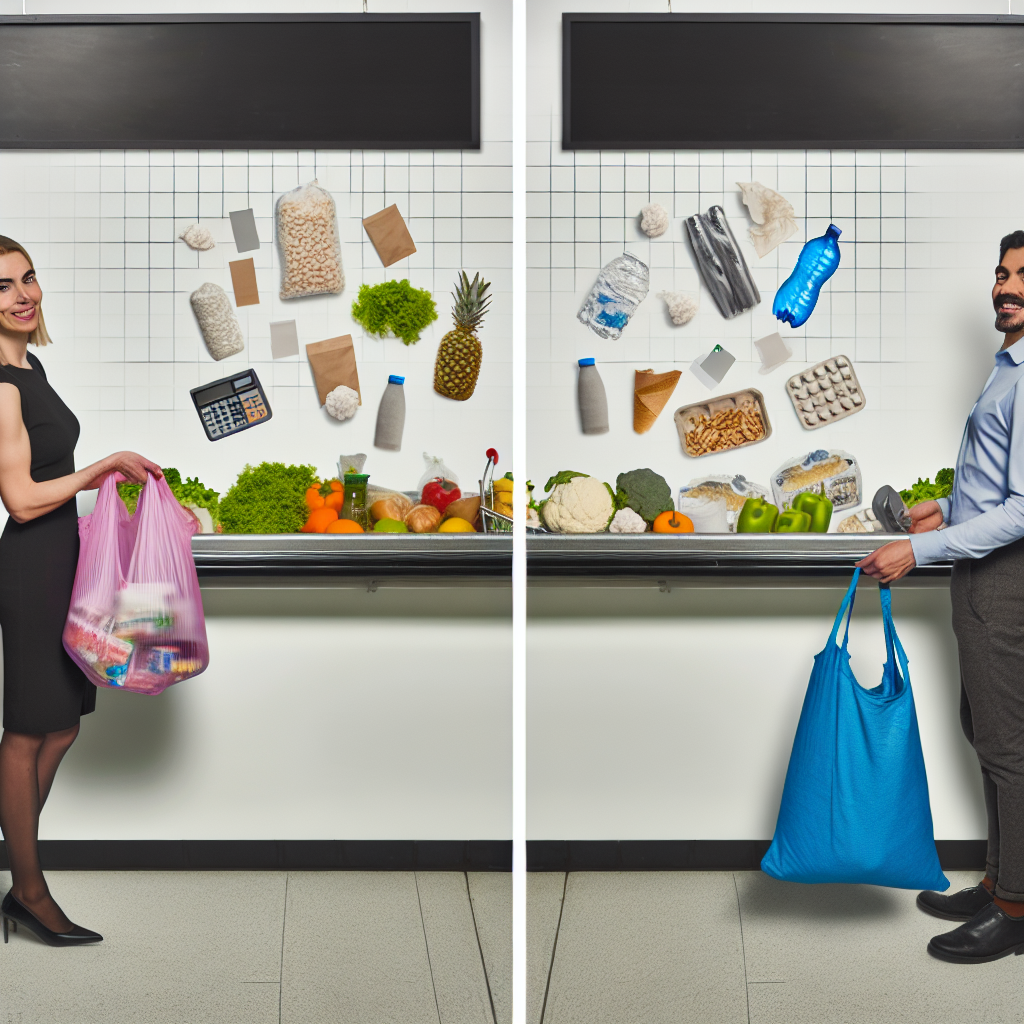10 Smart Tricks to Cut Your Grocery Bill and Help the Environment
Introduction
Hello, eco-friendly and money-saving friends! Here at Frugal Zeitgeist, we love saving money while also taking care of our planet. Shopping for groceries while trying to be eco-friendly can seem tricky, like trying to pat your head and rub your belly at the same time. But don’t worry! We have 10 clever tricks to help you live green without spending too much. Ready to shop smart and save the planet? Let’s get started!
How Green Living and Saving Money are Related
You might wonder how being green can save money. It’s easy: eco-friendly habits usually mean using less and being more careful. That means you save money! Besides saving money, these choices can make you healthier, reduce your carbon footprint, and help local communities. It’s a win-win-win!
Part 1: Smart Shopping Strategies
1. Plan Meals with a Purpose
The key to good grocery shopping is smart meal planning! Plan meals around seasonal and local foods to eat fresher and help local farmers. Plus, you’ll waste less food. Spend a little time each week planning meals with your family, and watch your grocery bill get smaller, like an ice cream cone melting on a hot day! Always check your pantry before you go shopping; you might have more than you think at home.
2. Use a Shopping List
A shopping list is your best helper to avoid impulse buys. Use grocery apps like AnyList or Pantry Check to stay organized. With a list, you’re less likely to go to the ice cream aisle (for the third time).
3. Buy in Bulk
Meet your new best friend: bulk buying. Buying things like grains, cereals, and canned goods in bulk saves money and reduces packaging waste. Just make sure you have space to store it all—nobody wants a rice avalanche in their kitchen!
4. Choose Plant-Based Proteins
Try using plant-based proteins like beans, lentils, and tofu in your meals. They are often cheaper than meat. Your wallet and the planet will thank you.
Part 2: Eco-Friendly Grocery Store Tips
5. Shop at Zero-Waste Stores
Zero-waste stores are great for eco-friendly shoppers. Bring your own containers and buy items without the extra packaging. You’ll save money and waste less. Plus, you’ll look cool with your reusable jars and bags.
6. Choose Loose Produce
Buying loose fruits and veggies, not in packages, reduces waste and often costs less. Store them right to keep them fresh longer; no one likes mushy tomatoes!
7. Visit Farmers’ Markets
Farmers’ markets have fresh, local produce at good prices. You’re also supporting local farmers and enjoying seasonal treats. Make it a fun family outing—you might even try bartering like a pirate. Arrr!
Part 3: Green Practices at Home
8. Compost Your Food Scraps
Composting food scraps is very eco-friendly. It reduces waste and makes your garden soil richer. Start small, get a compost bin, and watch your trash turn into treasure!
9. Grow Your Own Herbs and Veggies
Start your own garden and grow herbs and vegetables. Imagine picking fresh basil or tomatoes from your garden—it saves money! Begin with easy plants like chives, mint, or cherry tomatoes. Not a green thumb? No worries!
10. Preserve Seasonal Produce
Preserving food is like a time capsule from Mother Nature. Freeze, can, or dry fruits and veggies when they are in season to enjoy them later. Get creative with canning recipes or dry herbs for winter soups. Future you will be happy you did!
Conclusion
There you have it—10 smart tricks to make your grocery shopping eco-friendly and cheap. These steps lead to a greener life and help our communities and health. Change takes time; start small and slowly add these tips to your routine.
Frugal Zeitgeist is here to help every step of the way. Share your own green tips or experiences with us, and let’s work towards a better planet together!
Additional Resources
For more ideas on sustainable living, check out these amazing sites:
Call to Action
Did you enjoy this post? Subscribe to Frugal Zeitgeist for more fun, sustainable living tips. Share this with friends and family, and let’s build a community of eco-friendly savers! Until next time, keep smiling, keep saving, and keep it green!









